The Ultimate Guide to Effective Advertising Strategies
Businesses need advertising strategies to increase sales, attract customers, and build brand success. These action plans are designed to promote products or services and achieve marketing objectives.
Well-designed advertising strategies can help you reach your target audience, raise awareness of your brand and engage with customers effectively.
Key to any advertising strategy is aligning it with company objectives and your brand's identity. By ensuring that your advertising efforts reflect what you stand for as a business – whether sustainability or customer service – you'll create more consistent campaigns with more impact.
Advertising is crucial to the success of a brand because it helps businesses attract new customers, build loyalty among them and differentiate themselves from competitors.
By communicating their unique selling points through strategic advertising, companies can persuade consumers to choose their offering over others.
For example, a fast-food chain might use its ads to talk about the quality of its food to persuade potential diners to visit one of its restaurants.
Table of Contents
Types of Advertising Strategies

Businesses can choose from various advertising strategies to achieve their marketing goals and connect with their target audience. Understanding the different types will help companies to decide which approach is best for them.
| Type of Advertising | Description |
|---|---|
| Television Commercials | Audio advertisements are played on AM/FM radio stations and streaming radio. Typically 30 or 60 seconds long. |
| Radio Commercials | Advertising is sent physically through postal mail to target customers. It may include catalogues, flyers, newsletters, etc. |
| Print Advertising | Advertisements in newspapers, magazines, brochures, billboards, and other print media. |
| Online Advertising | Mobile device ads include text ads, display ads, search ads, and video ads within mobile apps and mobile websites. |
| Mobile Advertising | Banner ads, search ads, social media ads, native ads, pop-ups, etc., are displayed on websites and apps. |
| Direct Mail | Partnering with events, teams, influencers, etc., to promote a brand. Brand name and logo integrated into the sponsored content. |
| Product Placement | Placing products or brands within entertainment content like TV shows, films, songs, and games. |
| Sponsorships | Signs, displays, audio messages, digital screens, etc., promoting products within brick-and-mortar retail stores. |
| In-Store Advertising | Signs, displays, audio messages, digital screens, etc. promoting products within brick-and-mortar retail stores. |
Content advertising involves sharing valuable information about products or services to engage and educate customers. Informative advertising gives consumers lots of detail about what's on offer, helping to explain why they need it. Comparative advertising highlights the advertised brand's advantages over its competition. Emotional ads aim to connect the brand and its customers emotionally. For example, a car manufacturer could build an ad that captures all the joy and excitement about driving one of its cars.
Pull advertising aims to establish long-term customer loyalty by building up identification with a brand. It creates a strong perception of what the brand is all about, making people want to seek out those offerings – hence ‘pull'. By creating a positive impression, pull-advertising strategies get people searching for you out as potential loyal followers.
For instance, luxury fashion brands might use this technique – presenting their products as exclusive items associated with prestige can make ordinary folk crave them more.

Push advertising aims at generating sales when launching new products or services or establishing authority in your sector. It means so much that you must be shouting loud enough for everybody in your niche to hear you're there. Push advertisements are designed to push it straight at your target audience until they submit (or buy). Offers such as discounts, time-limited deals or incentives may be involved to create urgency and encourage immediate action.
For example, offering a special introductory price on something new from your technology company could prompt initial sales while helping you make some noise when preparing a market entry.
To further illustrate, let's look at a fictional company called “Healthy Life Supplements.” They use content advertising as part of their strategy to educate their target audience about the benefits of their natural supplements. Through informative advertising, they provide detailed information about the ingredients, research, and health benefits associated with their products.
By educating consumers this way, Healthy Life Supplements aims to build trust and position itself as a reliable source of high-quality supplements. In addition to this ‘pull' approach to generating leads via education, Healthy Life Supplements also uses pull strategies by creating a solid brand identity and positioning itself as a trusted provider of natural health products.
They focus on developing loyal customers who actively seek them out because they are known for producing quality products that work. On the other hand, push techniques might be used too; for example, if sales were being sought for a new line of supplements, then limited-time discounts or incentives might be offered to encourage potential customers to try it.

Examples of ad strategy in digital marketing campaigns include Search Engine Marketing (SEM), social media ads, email marketing (sending targeted emails based on user behaviour), native advertising (blending ads with surrounding content so that it appears more natural) and influencer marketing (partnering with influential individuals who have large audiences to promote your brand or product).
For example, SEM involves paid search ads, which raise visibility on search engines like Google. Social media ads allow businesses access to platforms including Facebook, Instagram, X, and LinkedIn, where they can reach users who match desired target personas. Email marketing uses targeted email sends based upon triggers such as previous purchase history, web browsing activity, etc., intended to engage and convert leads into paying customers.
Native Advertising involves blending an advertisement into its surroundings so that it appears more like regular content rather than something promotional – allowing businesses to maintain good relationships with publishers' audiences alike while still getting exposure/traffic from relevant sources without turning people off entirely due to them feeling spammed by ads every time they visit a particular site. Influencer marketing involves partnering up with someone influential within an industry/niche to get them to promote your brand or product on their social media accounts. Sometimes, this will involve paying an influencer a flat fee, and other times, companies might offer products/services in return equivalent value to what they would have paid otherwise (i.e., bartering).
An example of influencer marketing as part of a digital advertising strategy is if a fashion retailer partners with well-known influencers within the fashion space and uses their social media accounts to showcase the latest collections/and promote the brand to a broader audience. By tapping into these individuals' reach and credibility, the fashion retailer can increase brand visibility, attract new customers, and drive sales.
The Importance of Target Audience and Market Research
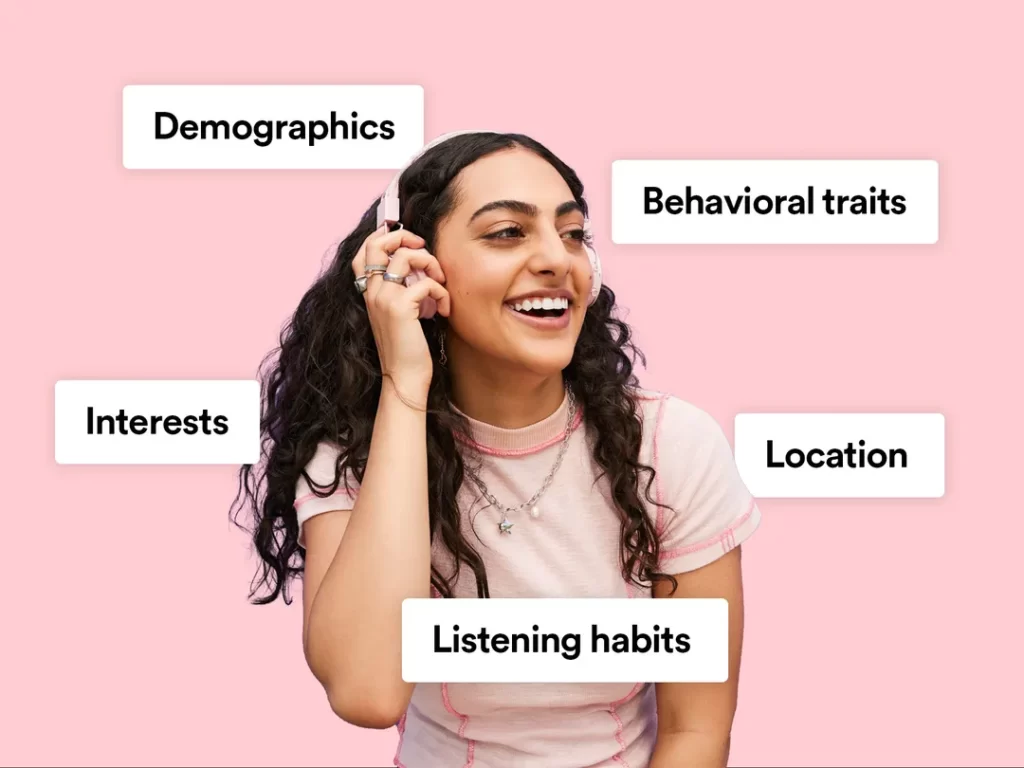
The success of advertising strategies greatly depends on thorough research into the target audience and market. By knowing what their target audience wants, prefers, and does, companies can finely tune their advertising messages to ensure they reach the right customers.
To inform advertising decisions, businesses should conduct extensive market research to gather data and insights about their target audience.
Market research investigates the target audience by collecting information on demographic data such as age range, psychographic data like goals in life or preferred exercise routines, for example, and buying habits. This knowledge helps firms understand who their customers are, why they do what they do when making purchases and how best to communicate with them. With this intelligence, businesses can fine-tune an ad campaign ‒ boosting its chances of achieving its aims.
For instance, a fitness equipment company that examines trends may identify its target demographic as 18-35: younger people tend to be more active than older ones. It might also discover that its typical customer wants to lose weight rather than build muscle or stamina – evidence suggests women are primarily motivated by this goal – while group classes are increasingly popular among fitness enthusiasts because of the social aspect.
By using the findings from this hypothetical research project as a springboard in future campaigns (for example, highlighting cardiovascular machines' calorie-burning potential), targeting those aged 18-35 specifically (through paid ads on social media channels such as Facebook or Instagram) and emphasising non-individual workouts (e.g. HIIT classes instead of treadmill running), this equipment manufacturer could stand a better chance at achieving cut-through in what has become an ultra-competitive retail niche.
Targeting your core consumer base isn't just valuable so you can tell them about products – it's also vital because personalisation is now central to effective marketing. If brands know exactly who their consumers are at a granular level – meaning well – they can deliver highly targeted, highly relevant messages. This kind of personalisation tends to drive greater levels of consumer engagement with advertising, which is essential because it increases the likelihood that a fixed mental attention budget (i.e. the amount of time people allocate in their heads to thinking about brands) will be used up on your ad and not someone else's. Thus boosting conversions.
Crafting Creative and Compelling Messaging
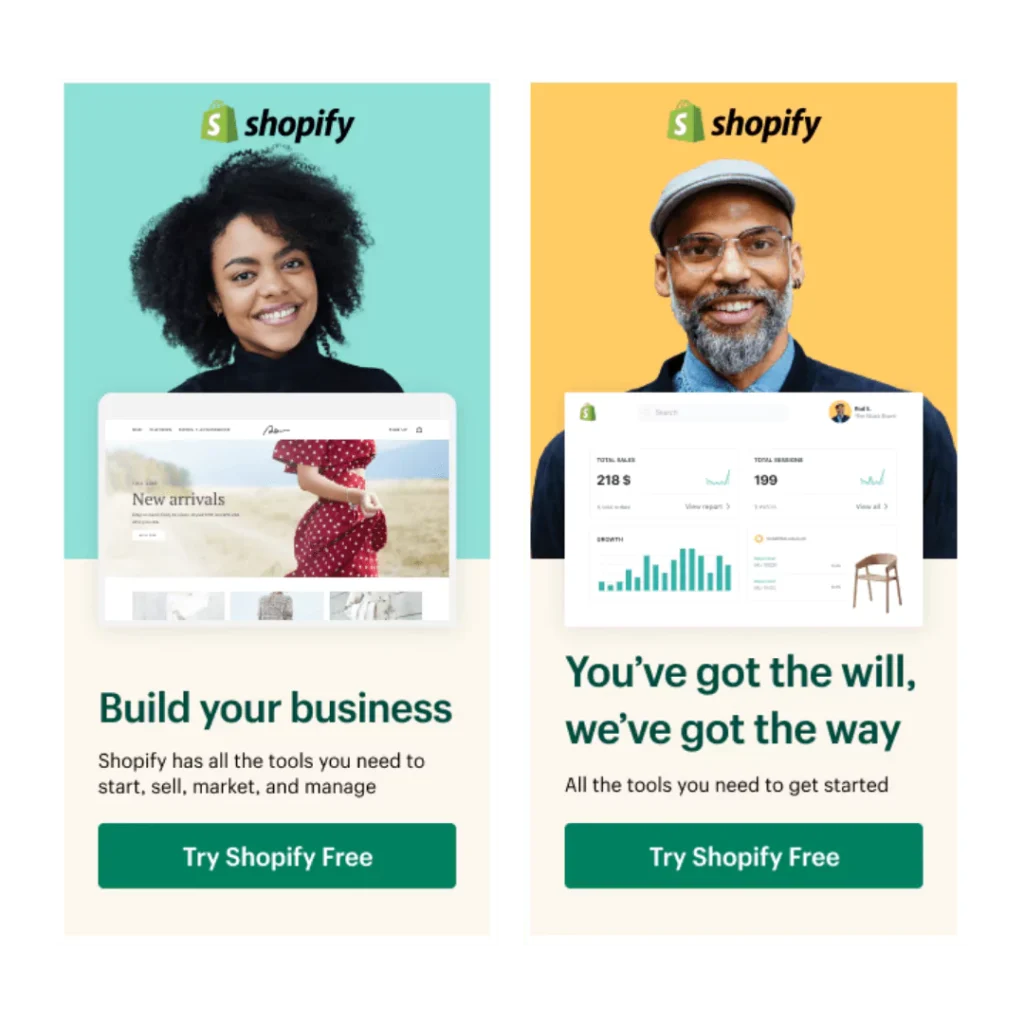
If you want effective advertising strategies, make sure to create compelling messaging. Your messaging must hit your target audience hard and make them sit up and notice – then persuade them to act. Several techniques can help you create suitable adverts and good all-around messaging.
One is simply giving people something eye-catching in the form of headlines or visuals (ads that look like editorial matter tend to get a better response). In an increasingly noisy world, if your headline doesn't grab someone's attention within the first second or two, they won't read on – so your ad will be wasted. For example, instead of “meal delivery service”, say: “Get delicious meals delivered direct to your door in minutes!” And use mouth-watering images if possible.
Another is having a unique selling proposition – something special about your product or service that distinguishes it from other people's products and services: “Why should customers choose you rather than anyone else?” If you have one, stick it in every ad until everyone knows it by heart. This helps reinforce what makes you different.
A third element is having a clear call-to-action – telling people precisely what they need to do next: “Call now”, “book now”, “order now”, etc. Most small businesses' ads don't have one; as such, they're wasting money because even interested readers aren't told how the process works from now on.
To create compelling messaging, businesses can employ various techniques in addition to the elements mentioned earlier. Emotional appeal is one such technique: evoking emotions in the audience to create a strong connection with the brand. By appealing to their feelings, you establish a deeper relationship with your customers and leave a lasting impression.
For instance, a pet adoption centre advertisement might use heartwarming stories and images to evoke empathy and encourage viewers to consider adopting a pet.
Storytelling is another powerful technique in advertising. Using narratives and storytelling techniques helps you engage and resonate deeply with your audience. Stories can create an emotional connection – they make your message more memorable.
For example, perhaps you're creating an ad for a car manufacturer that tells the story of a young couple embarking on a road trip with their new car – highlighting the adventure/freedom element of owning it.

It's also crucial that your messaging aligns with your brand's identity, values and objectives. Consistency in messaging creates a strong brand image and begins a cohesive advertising campaign.
When your messaging aligns with who you are as a brand – reinforces its values – resonates better, establishes trust and creates loyalty.
Nature's Beauty Skincare (a fictional natural beauty/skincare line) exemplifies how creative, compelling messaging works.
This company focuses on attention-grabbing headlines and visuals highlighting natural ingredients/benefits when crafting its advertising messages.
For example, the headline may read “Discover the power of nature for radiant skin”, accompanied by visuals showcasing vibrant botanicals/glowing skin;
They incorporate a unique selling proposition (USP) into their messaging.
Emphasise products free from harmful chemicals / created using sustainably sourced ingredients
Communicating this USP differentiates them from competitors and appeals especially to environmentally conscious consumers who prioritise natural/eco-friendly skincare.
Nature's Beauty Skincare also uses storytelling techniques in its advertising – it may feature testimonials from satisfied customers who've experienced the transformative effects of its products. By sharing the real-life benefits of your skincare line, you create an emotional connection with potential customers.
Utilising Various Advertising Channels
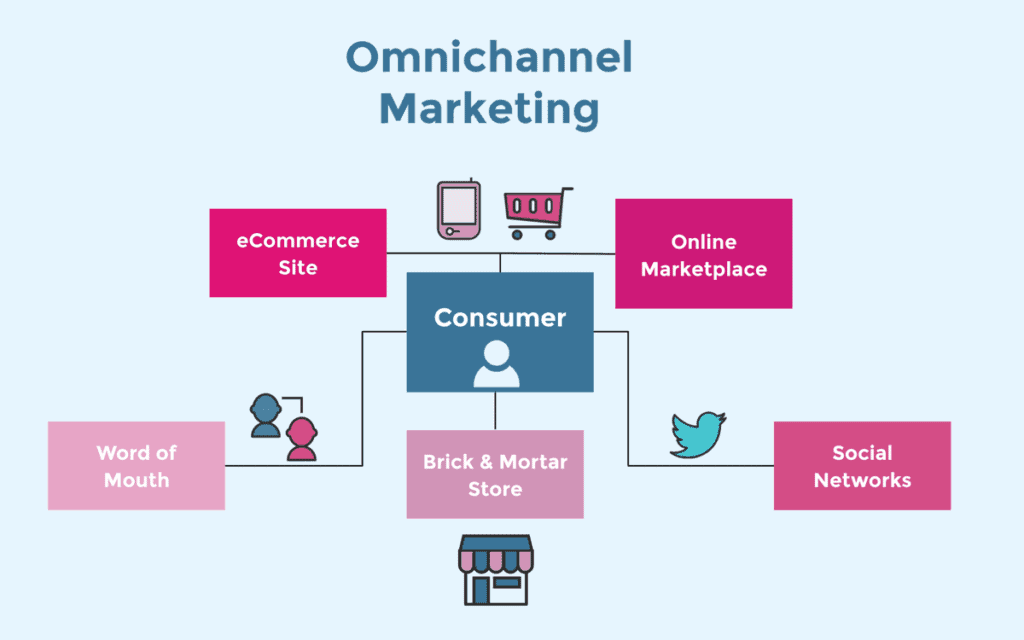
Utilising various advertising channels is essential for maximising the reach and effectiveness of advertising strategies. Different channels offer unique advantages and allow businesses to target specific audiences and achieve their campaign goals. By selecting the right media mix, companies can optimise their advertising efforts and increase their chances of success.
Traditional advertising channels, including TV, radio and print media, have long been familiar to marketers for reaching broad audiences. An excellent example is a TV commercial that can put the latest products or services in front of many viewers. Radio ads enable brands to target listeners to their preferences and interests. Print media, such as newspapers and magazines, also allow advertisers to reach specific interest groups and demographics.
But now, digital technology has opened up a new world of business advertising channels. Such platforms offer targeted reach, allowing companies to focus on particular audiences more effectively with their marketing messages.
For example, online display ads are graphic adverts served on websites or apps – often featuring imagery – that businesses pay publishers or ad networks to run in designated spaces.
Video ads work how they sound; these days, they're most commonly shown pre-roll before other video content (known as linear), but you'll also find them within editorial (non-advertising) environments.
Mobile ads would include banner display ads served directly into smartphone apps.
Digital channels bring advanced targeting options that improve businesses' chances of reaching customers who meet their criteria even further after traditional channels introduced demographic targeting some years ago.
Interest targeting enables firms to get an advert in front of people interested in their product.
Behavioural targeting takes the practice one step further: someone looking at holiday destinations on a booking website might start seeing travel advertisers wherever they go.
Social media platforms have become popular advertising channels because it's where so many people ‘hang out'. Facebook, Twitter, LinkedIn, et al. boast millions-upon-millions of users each month. If you want eyeballs for your campaign, it's hard not to take notice when considering which advertising channels make sense.
They all offer very advanced targeting capabilities, too: from each platform's data about users' behaviours and interests extrapolated through programmes designed specifically for that purpose, through user surveys, and with data from external partners that contribute to advertisers' understanding of what levers they can use to get in front of their target customers.
For example, X's ad-targeting options include demographic categories such as gender, age range, device (Apple or Android), and operating system (iOS, Android, Windows, etc).
The way ads appear in users' feeds varies by platform, too.
On X, a business might opt for an advert to appear within a user's feed at least part-way down the page – and for it to appear alongside search results when people enter specific terms into the platform's search engine.
On Facebook and Instagram, you'll see ads inserted between posts in your newsfeed more often than not – although other options are available depending on the campaign objectives being sought.
LinkedIn also supports newsfeed insertion but has plenty of other ways for brands to create awareness, including sponsored InMail messages delivered to members' messaging centres.
With Facebook-owned Instagram becoming increasingly influential among younger audiences who prefer images rather than words (such as clothing labels), it is easy to see why many brands want this action. The targeting capabilities mentioned above make social media platforms one of today's most exciting advertising channels.
Measuring and Analysing Advertising Performance

Optimising campaigns, refining advertising strategies and improving return on investment (ROI) are just reasons businesses need to measure and analyse their advertisement performance. By using analytics tools and tracking key performance indicators (KPIs), companies can gain valuable insights into their ads' effectiveness, ultimately helping them make better-informed decisions.
Measuring success is a crucial part of any marketing campaign. Some common KPIs in advertising include click-through rate (CTR), conversion rate, return on ad spend (ROAS) and cost per acquisition (CPA). These all provide helpful information about how well an ad campaign performs, allowing you to evaluate its effectiveness.
For instance, a digital marketing agency running a paid search campaign for a client might look at CTR – the percentage of users who click on your adverts after seeing them – to indicate whether people find your ads engaging. If it's low, there may be room for improvement; if it increases during the campaign, you know you're onto something.
Analytics tools/platforms help by providing essential data around advertising performance that would be hard or impossible to gather otherwise. For example, audience demographics, engagement rates, conversions, etc – all these things help build a picture of what works when persuading someone who sees an ad online.
Google Analytics provides website traffic data that includes user behaviour metrics such as time spent on page/views per session/average session duration/bounce rate, etc., plus conversion rates, which helps understand which channels/campaigns are driving this traffic and those that aren't which assists budget allocation/planning/comms decision making amongst other things.
Suppose you want to optimise your campaigns/find out where improvements can be made/and be more effective with your advertisement efforts. Regularly measuring/advertisement performance is vital because understanding what worked/didn't work will inform future decisions, leading to better results.
Branding as an Advertising Strategy

Branding is a significant component of advertising strategies, helping to establish a unique brand identity and marketing plan to differentiate from competitors and gain market share. But branding isn't just about creating a logo or visual identity – it's also about your brand's entire customer experience and perception.
One key branding element is establishing an identity that reflects your brand's personality, values and positioning. This means defining your mission, vision and core values as the foundation for all advertising efforts. By clearly communicating who you are as a brand in every ad you run, you can build consumer awareness and form an emotional connection with them.
Consistency in your branding efforts is crucial for successful advertising strategies. By maintaining consistency in messaging, visual elements and customer experience across all campaigns, brands can reinforce their image while driving home essential messages to customers over time. Consistency helps build recognition while establishing trust with consumers; if they see something repeatedly, they start to believe it.
Another aspect of branding that plays into advertising strategy is building customer loyalty and trust. Hence, they become repeat buyers or champions who spread the word about your greatness through social media or other channels. Loyalty usually comes when businesses consistently deliver on promises made during ads by providing quality products or services to meet people's needs/wants at fair prices.
To demonstrate why branding is part of an overall advertising strategy, consider Coca-Cola, which has built global associations around its name thanks to consistent messaging and visual elements worldwide.
Coca-Cola adverts typically feature its iconic red-and-white colours and its famous script-shaped logo – both chosen when Coke was first invented more than 100 years ago – and themes like happiness or coming together that it continues using today.

By sticking closely to those themes over time (and refreshing them occasionally), Coca-Cola has created strong worldwide recognition/awareness for its brand – which often leads people to choose Coke over similar products when they get thirsty.
The company has also picked up many new customers worldwide through word-of-mouth recommendations or social media, thanks in part to people associate/associating Coca-Cola with positive feelings such as happiness, love or nostalgia.
Direct Response Advertising
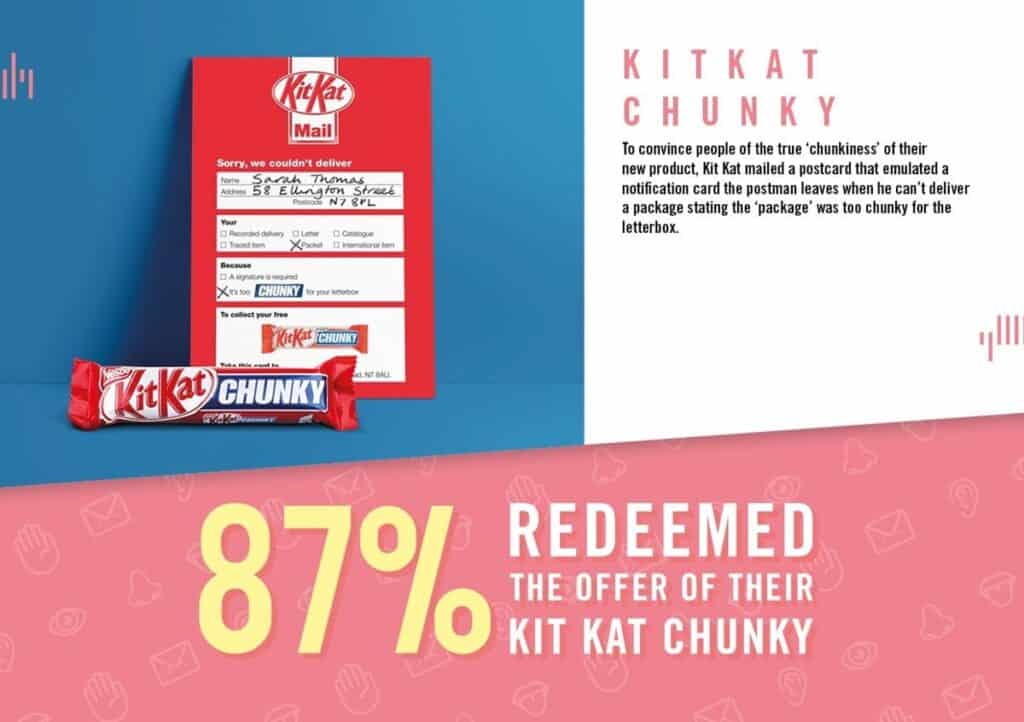
Direct response advertising, also known as direct marketing, aims to get an immediate response from its target audience. The core goal is encouraging the audience to take action, such as purchasing or requesting further details.
The campaign typically includes a solid call to action (CTA) that directs the target audience towards the desired action.
This can be in many forms; for example, it could be a clickable button online, an email address or phone number they have been invited to contact, or even a physical coupon code they can use.
Having compelling calls to action increases the chances of converting interest generated by your advertising into sales.
To create compelling calls-to-action, consider strategies such as creating urgency and exclusivity and offering incentives.
Creating urgency might involve emphasising that your special offer is time-limited. It might also include flagging up scarcity – so if there are only 100 places available on your new course, say that loud and clear!
Creating exclusivity involves offering people something extra if they respond: access to VIP tickets at an event. Or any other kind of preferential treatment?
We've already talked about discounts being one form of incentive, but freebies – think ‘free gift with every order' – or bonuses – buy this item today, and we'll give you £5 off another purchase later! – could also work equally well.
One example of how direct response advertising works is a mailshot from an online retailer promoting 20% off for all first-time customers who placed orders within seven days.
The mailing would include this copy: “Shop now and get 20% off your first purchase! Use code SAVE20.”
The business owner maximises their chance of generating interest through their advertising spend by including a limited timeframe (the seven-day discount period) and specific information about what was required (using Save20).
When done correctly, direct response advertising focuses on generating leads and driving sales or other specific actions.
The only way business owners can be sure their campaigns are doing this effectively (and not wasting money) is to measure their success based on factors such as conversion rates, cost per acquisition (CPA), return on investment (ROI) and other metrics.
If your direct response marketing campaign needs to meet its objectives, use available data to identify why that might be.
Use what you find out to experiment with new strategies and improve your chances of achieving a positive outcome next time you spend money on this advertising.
Content Marketing as an Advertising Strategy

Content marketing is a promotional strategy that produces significant and applicable content to appeal to and maintain an audience. Instead of straightforwardly advertising items or services, the approach tries to captivate the target audience by providing information, amusement, or knowledge. Businesses can place themselves as industry authorities, establish trust with their audiences and indirectly market their brand by offering high-quality content.
Various types of material include blog articles, videos, infographics, podcasts, and ebooks in content promotion. This content addresses the target group's requirements, concerns, and interests. Companies may attract an audience who regard them as a trusted source of expertise by giving pertinent details.
For example, a fitness equipment maker might run a blog offering training pointers, nutrition guidance, and inspirational tales – all aimed at adding value for its intended audience. In doing so, it would establish its credentials as an expert in the field – enhancing trust among readers who will be more inclined to consider buying fitness equipment from that business over time.
A further benefit of this type of promotion is thought leadership – using consistently high-quality materials, companies can position themselves as experts within specific sectors or niches, raising their profiles and credibility among their intended audiences, potentially making more opportunities available through involvement in promotions based on white papers or research projects.
An example: Consider a software firm specialising in project-management tools which decided not just to advertise product features but also produced blogs about best practice tutorials on collaborative working/time management, etc. By providing helpful advice around issues experienced by its potential customers, they would begin positioning themselves as experts/gaining trust – ultimately making it far more likely that said firms would turn to them when needing project management tools.
Social Media Marketing
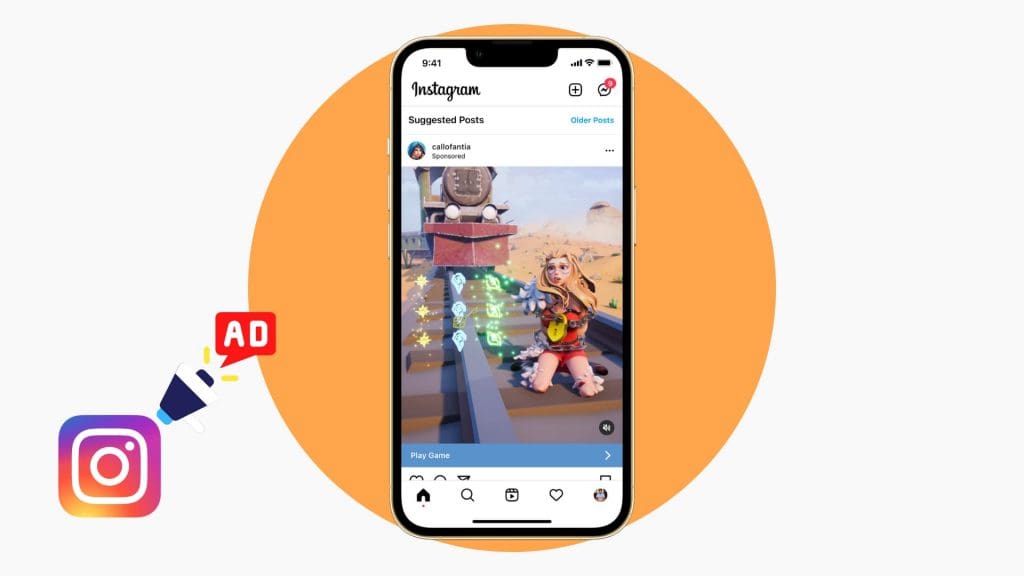
In advertising, social media marketing is a strategy that uses social media platforms to promote. With billions of active users globally, these sites can reach those audiences effectively and inexpensively. By leveraging them, companies can provide targeted content and interact with people personally.
Social media marketing is helpful for firms targeting specific demographics or with particular interests. Social networks such as Facebook, X, LinkedIn and Instagram have advanced tools enabling them to do so based on age, location, interests and behaviours. The idea is to ensure that messaging reaches the right audience, boosting engagement and conversions.
Advertisers on social networks use various formats, including images, videos or carousels; they also include sponsored posts. These allow brands flexibility when communicating their message while raising awareness of products or services among what could be millions of users.
Using carefully crafted visuals alongside compelling captions means ads are more likely to catch a user's eye. In addition to this are the tools offered by each platform – allowing advertisers access to some analytics data about the people who engage with their content helps, too.
For example, A travel firm trying to sell holiday packages might use eye-catching image ads featuring beautiful destinations alongside captions designed to inspire wanderlust; these would also include calls to action, prompting users to make a booking there and then.

By getting themselves onto social feeds visited by many travellers thinking about their next trip away – imagine looking at your phone during lockdown – the advertiser increases its chances of reaching someone already receptive to its offering.
Aside from using paid social media advertising, businesses can also use organic social media strategies to build brand awareness and engage with their audience. This includes creating and sharing valuable content, responding to comments and messages, and fostering a community of loyal followers. Businesses can build their brand presence on social media platforms like Facebook or Instagram by engaging with their audience and providing valuable content.
Moreover, influencers on social media play an essential role in ensuring that marketing efforts pay off. In influencer marketing, brands work with individuals with a large following on one or more platforms to promote products or services. If you collaborate with the right influencers for your target group, you can leverage their credibility and reach out to more people interested in your work.

Let's illustrate the effectiveness of social media marketing using a fictional example: Gourmet Delights is a company that specialises in artisanal food products and wants to generate more awareness among potential customers. They decided to give social media marketing a go by designing visually appealing image ads for Instagram and Facebook and sponsored posts targeting food lovers who appreciate gourmet cuisine made using high-quality produce.
By showcasing beautiful images of its delicious products being used in recipes (some explicitly created for this purpose) and descriptions that emphasise freshness, this company raises awareness about its offerings and even captures some new buyers' attention.
It's clear that when done right, social media marketing offers businesses an effective way of reaching out directly to their target groups online while generating lasting connections, thanks mainly because these channels have become so central nowadays.
As we've seen earlier through our fictional example involving Gourmet Delights' mouth-watering images plus carefully crafted message highlights how such campaigns help ramp up brand exposure, capitalising on selling opportunities
Conclusion
As a field, advertising is endlessly evolving and incredibly intricate. But with the right strategies, it can be an invaluable tool for businesses of any size.
You can break through the noise by clearly defining your target audience, developing emotionally resonating campaigns, tracking and optimising based on complex data, and staying abreast of the latest platforms and innovations – building trust and fostering engagement. And remember: even with all the data out there today, at its core, advertising is still about connecting with human beings.
Do this successfully across channels in an integrated way, and your marketing efforts may speak for themselves. The possibilities are endless in advertising today; you need to be willing to grab attention correctly.
